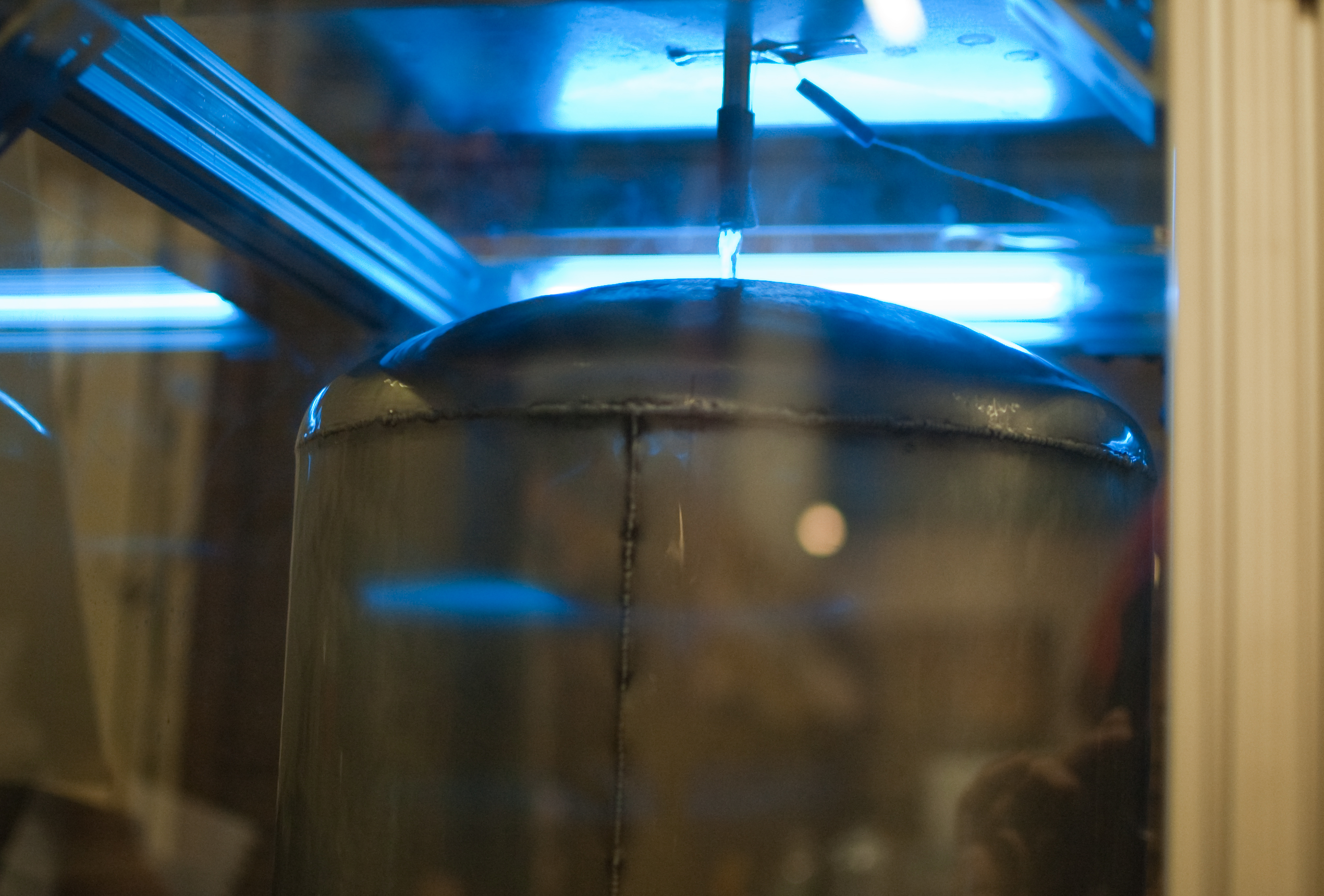Novel Energy Storage to Chill Milk in Rural India
Most people think of a battery as a device that stores electrical energy. Startup Promethean Power has developed what it calls a thermal battery that will first be used to cool milk in Indian villages.

Promethean Power has signed a contract to supply 50 of its milk chillers to Hatsun, India’s largest privately owned milk processor, the company’s two founders said this week. The company has also raised money, less than a million dollars from First Light Accelerator, for a joint venture called Promethean Spenta Technologies to make the chillers in India.
It’s a step forward for the Promethean Power, which was founded by two Boston-area social entrepreneurs over five years ago. The founders—Sorin Grama and Sam White—have endured many travails, both on the technology and business side, in an effort to create a cost-effective product for India.
Initially, the company had planned to make solar-powered milk collection stations to chill milk from individual Indian farmers. (See, Cheap, Off-Grid Cooling.) Because electricity service is unpredictable in India, particularly in rural areas, milk is typically collected twice a day and transported to larger processing centers, rather than refrigerated on site. If centers could chill milk reliably and collect milk for longer hours, small farmers would be able to sell more milk.
But the solar-powered milk chiller was simply too expensive for India, which led to a radical shift in technology strategy. Instead of clean power generation, the company focused on developing an energy storage technique that would allow milk collectors to chill milk when grid power was out without having to use dirty diesel generators.
Its thermal battery is a cylinder-shaped tank with a phase-change material inside. Milk is poured over the cylinder when the material, which stays liquid to 27 degrees Fahrenheit, is cold and quickly cools the milk. Because the cold energy is effectively stored in the cylinder, the chiller can work for hours without grid electricity or a diesel generator.
When electricity is working, the chiller circulates another fluid around the battery to lower the temperature. That fluid is pumped through a separate device, a compressor loop which extracts the heat and lowers the temperature of the circulating fluid. One of the biggest engineering challenges is making the chiller smaller to bring down the cost of materials, White told me before moving to India to help oversee product testing.
First deliveries of the company’s chillers will made in April and will be used exclusively in villages, says Grama in an email from Mumbai where the Indian joint venture is based. “Many of them are quite remote. We have also developed a remote monitoring feature using the cellular network that allows our customer to remotely monitor the performance and get a warning if the system fails,” he says.
The company is also working on a product for fruit and vegetable cold storage and a cooler for trucks using the same thermal storage technique. R&D continues to be done in Boston.
Although Promethean came to a thermal battery while trying to address the problems of India’s unstable grid, the idea of using thermal energy storage is already being used in air conditioners.
Two companies—Calmac and Ice Energy—have air conditioners that chill water to make ice at off peak times. The energy stored as ice is then tapped for chilling during peak times when electricity prices are higher. New materials and engineering could open up more uses of thermal energy, according to a study done by the Department of Energy, which says that 90 percent of the world’s primary energy is either consumed or wasted thermally.
Keep Reading
Most Popular
Large language models can do jaw-dropping things. But nobody knows exactly why.
And that's a problem. Figuring it out is one of the biggest scientific puzzles of our time and a crucial step towards controlling more powerful future models.
How scientists traced a mysterious covid case back to six toilets
When wastewater surveillance turns into a hunt for a single infected individual, the ethics get tricky.
The problem with plug-in hybrids? Their drivers.
Plug-in hybrids are often sold as a transition to EVs, but new data from Europe shows we’re still underestimating the emissions they produce.
Google DeepMind’s new generative model makes Super Mario–like games from scratch
Genie learns how to control games by watching hours and hours of video. It could help train next-gen robots too.
Stay connected
Get the latest updates from
MIT Technology Review
Discover special offers, top stories, upcoming events, and more.